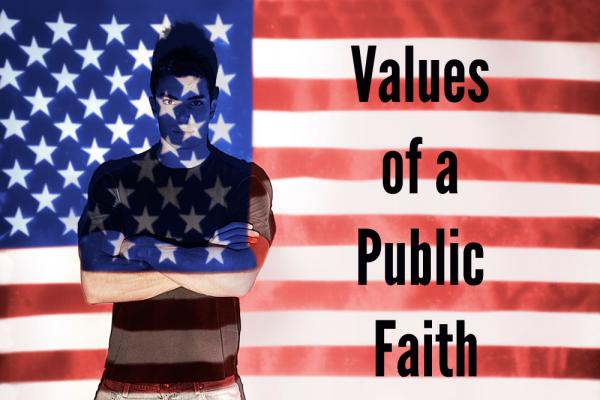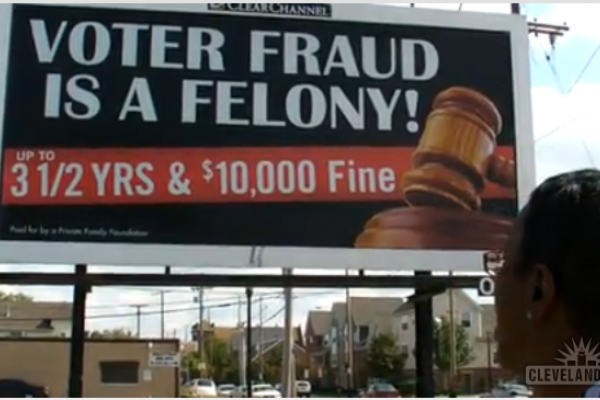Nearly two weeks ago, Israeli jets shot down a drone that had crossed into its airspace. For several days, there was speculation that it had been launched by Hezbollah, speculation that Prime Minister Netanyahu turned into an accusation.
Last Thursday, Reuters reported a confirmation
“Lebanese Hezbollah leader Sayyed Hassan Nasrallah acknowledged on Thursday sending a drone aircraft that was shot down last weekend after flying some 25 miles into Israel. Nasrallah said in a televised speech that the drone's parts were manufactured in Iran and it was assembled by members of the Shi'ite Muslim militant movement in Lebanon.”
Iran then acknowledged that the drone had been manufactured in that country and assembled in Lebanon. The purpose of the flight over Israel was seen as monitoring and gathering intelligence on Israel’s nuclear research center. McClatchy News reports
“This was a crude device, but it was a drone with all the capabilities that unmanned aerial crafts offer, and for that reason it is worrying,” an Israeli military official told McClatchy under the condition that he not be identified because he was not authorized to discuss sensitive information with a reporter. “We are studying the drone now to learn more about what it accomplished and what Hezbollah intended with it.”
Today, Haaretz reports on the continuing situation, now involving the U.N.
“United Nations Secretary General Ban Ki-moon submitted an especially harsh report on the situation in Lebanon, including sharp criticism of Hezbollah, to the 15-member Security Council on Thursday. The report, a copy of which was attained by Haaretz, warned that the Iranian drone launched into Israel by the organization earlier this month was a “reckless provocation” which could lead to a regional conflict.”
As the rhetoric rises, the chances of a greater conflict grow.
Editor's Note: Sojourners has launched this new blog series to help shed light on the nation's latest "religious" affiliation. Go HERE to read their stories. Or EMAIL US to share your own.
PBS Religion & Ethics Newsweekly has launched a new mini-series on the rise of the unaffiliated. Go HERE to read more about this week's epidsode.
Watch None of the Above: Political Implications on PBS. See more from Religion & Ethics NewsWeekly.
Editor's Note: This is part one of a three-part series from Dr. Miroslav Volf an a voice instructing us how to involve our values into our present politcal debates.
In this year of presidential elections, I have decided to summarize key values that guide me as I decide for whom to cast my vote. There are three basic elements of choosing a candidate for public office responsibly:
- Values we hope the candidate will stand for and the order of priority among them (which requires of us knowledge of faith as a whole, rather than just a few favorite topics, and knowledge of how faith applies to contemporary life)
- Ways in which and means by which these values are best implemented in any given situation (which requires of us a great deal of knowledge about how the world actually functions and what policies lead to what outcomes — for instance, whether it would be an economically wise decision to try to reintroduce the gold standard)
- Capacity — ability and determination — to contribute to the implementation of these values (which requires of us knowledge of the track record of the candidate)
Most important are the values. As I identify each value, I will (1) name the basic content of the value, (2) give a basic rationale for holding it, (3) suggest some parameters of legitimate debate about it, and (4) identify a key question for the candidate.
I write as a Christian theologian, from the perspective of my own understanding of the Christian faith. Whole books have been written on each of these values, explicating and adjudicating complex debates. In providing a rationale for a given value, I only take one or two verses from the Bible to back up my position, more to flag the direction in which a rationale would need to go than, in fact, to strictly offer such a rationale.
Just peace theory begins with the idea that peacemaking, peacekeeping, and peace building is a day-by-blessed-day proposition. Unlike just war theory, it does not begin when violent conflict is imminent. There are 10 just peacemaking practices that have a record of success. A just peace foreign policy employs these practices for the purposes of both national security and of international peace.
The 10 just peacemaking practices are: support nonviolent direct action; take independent initiatives to reduce threat; use cooperative conflict resolution; acknowledge responsibility for conflict and injustice, and seek repentance and forgiveness; advance democracy, human rights, and interdependence; foster just and sustainable economic development; work with emerging cooperative forces in the international system; strengthen the United Nations and international efforts for cooperation and human rights; reduce offensive weapons and weapons trade; encourage grassroots peacemaking groups and voluntary association. (Just Peacemaking: the new paradigm for the ethics of peace and war Glen H. Stassen editor)
Cooperation, interdependence, human rights, and democracy are important elements of just peacemaking practices. I say this is a power-with, not a power-over model of foreign policy. This is not a model of weakness, but one of strength. The strength comes from building relationships and partnerships with other nations on the basis of mutual respect.
“What I do every day is get a pencil, take a piece of paper, and draw,” Wes Noyes said.
The 17-year-old artist hopes someday to work in animation or as a graphic artist. Wes works for more than an hour a day, takes classes, and to date has made more than 500 pencil drawings.
After Wes playfully collaborated on a chalk drawing made by his mother Rebekah Greer, his work as a cartoonist gained national attention.
Greer, a photographer, musician, and the mother of five, had drawn fanciful backgrounds — a cityscape, an ocean scene among them — on the family’s driveway one evening this past summer and took portraits of her children posing in front of them. Wes added to the drawing she had made for son Jonah, then eight, by adding flames and interjecting himself into the picture as Godzilla.
When Greer posted the photo to Facebook, it quickly went viral.
“It sort of spread around,” Wes said simply.
The picture, titled “Brother of the Year,” has indeed “spread around.”
Americans love Halloween. In fact, maybe it’s fair to say we go crazy about Halloween. How crazy?
Americans spend $310 million dollars per year on costumes … for our pets. Wow.
In total, Americans spend between $6.5 – $6.86 billion dollars on all things Halloween: costumes, candy, and decoration. More wowzers.
So, as the average consumers spends about $27 on costumes, I thought it’s never too early to encourage folks to be careful how they dress up for Halloween … even if it’s “all in the spirit of fun.”
Listen, I like fun. And while my social life is nearly zilch, I like fun parties, but it’s all fun and games until someone shows up at a costume party or … err … at your front door trick-or-treating in a borderline racist costume.
Yes, it’s not too early to tell people:
Please don’t dress up in a blackface, yellowface, brownface, or any other costumers that stereotype, denigrate, or mock another culture.
Don’t caricature another real culture. Why? Because we’re a culture and not a costume.
Fraud is a strong word. Webster's defines fraud as deceit and trickery, and an "intentional perversion of truth in order to induce another person to part with something of value or to surrender a legal right." Fraud is a serious matter.
The word "fraud" is on billboards around Ohio. I started noticing this a few weeks ago, when I was driving through a working class African American community in Cleveland and noticed a billboard that read: "Voter Fraud is a Felony: 3 1/2 years & $10,000 fine."
The red-and-black sign is accented by a large gavel in the lower right hand corner. A few days later, I noticed a similar billboard in Dayton, and late last week saw two such billboards near my home in urban Cincinnati. In an election season that has seen more jockeying around voter fraud and voter suppression than any in my memory, these billboards caught my eye.
Voter fraud sure sounds horrible, and based on these billboards in Ohio, one would imagine that it is an epidemic. After all, one of the hallmarks of American democracy is our fair and free elections.
But the billboards quickly created dissonance for me based on a recent meeting I and other pastors from Ohio Prophetic Voices enjoyed with Ohio Secretary of State John Husted. During the meeting, Husted told us that voter fraud is extremely rare and almost nonexistent. Statistics back up Husted's contention.





